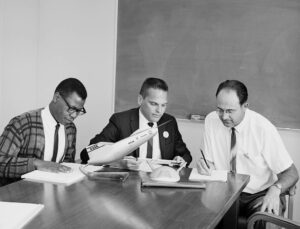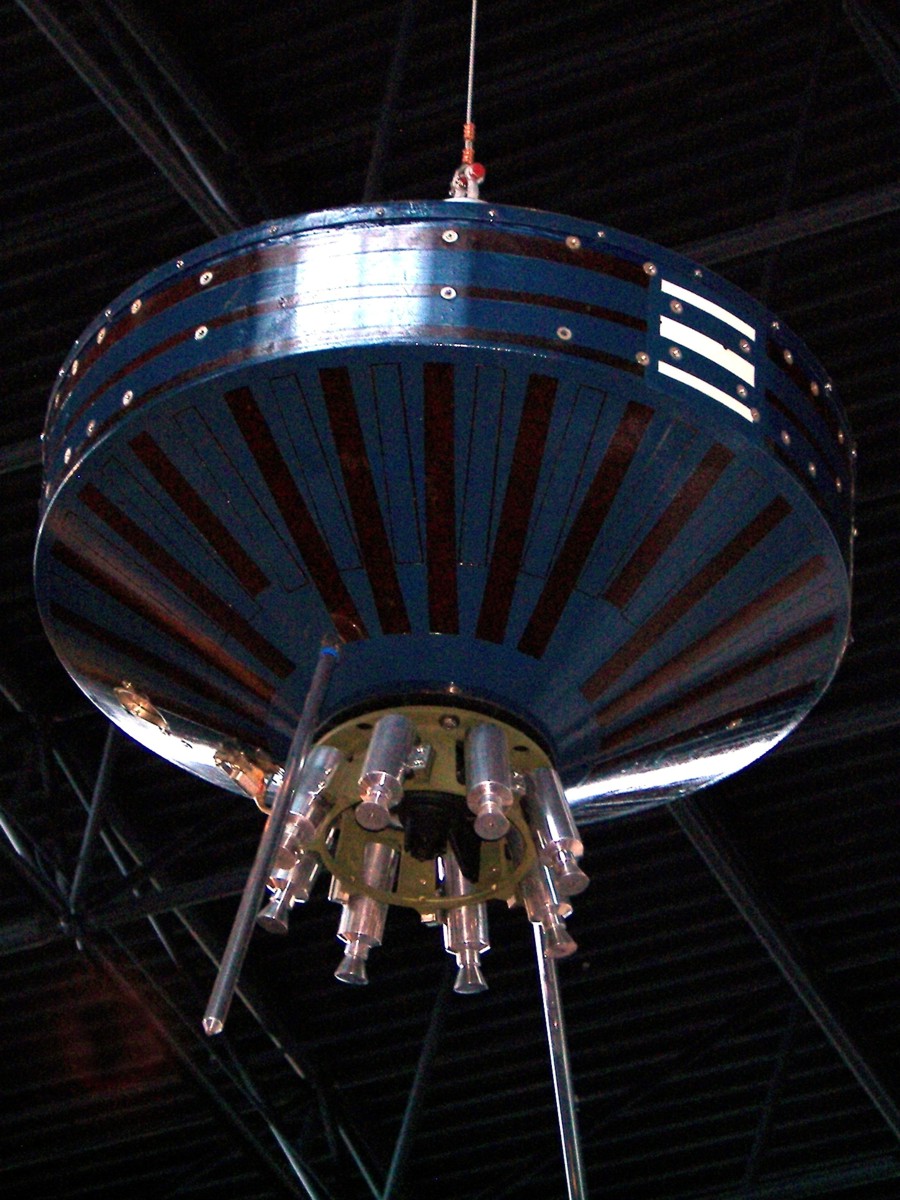SpaceX is keeping its rapid launch cadence going. The company plans to launch yet another batch of 23 Starlink internet satellites at 6:56 p.m. ET (2356 GMT) on Monday (March 4) from Space Launch Complex 40 (SLC-40) at Cape Canaveral Space Force Station in Florida. Some eight minutes after liftoff, the flight’s booster will return to the planet, landing on SpaceX’s droneship dubbed “A Shortfall of Gravitas.” The ship will be waiting offshore in the Atlantic Ocean. If the mission lifts off on time, and if SpaceX launches the Transporter-10…
Read MoreSpaceX fuels up massive Starship megarocket in test for 3rd launch (photos)
SpaceX’s next Starship to fly has passed a critical fueling test, setting the stage for a highly anticipated third launch attempt of the world’s biggest rocket. The gleaming, stainless-steel Starship rocket and its Super Heavy booster, which together stand 400 feet tall (122 meters), were filled with more than 10 million pounds of liquid methane and liquid oxygen propellant during the recent launch dress rehearsal, which was performed at SpaceX’s Starbase facility near Boca Chica Beach in southern Texas. “Starship Flight 3 preparing for launch,” SpaceX CEO Elon Musk wrote…
Read MoreNASA Awards Contracts for Flight, Payload Integration Services
NASA has selected 15 companies to provide flight and payload integration services to advance technologies and procedures for operating in space, including testing in high-altitude, reduced gravity, or other relevant environments. Examples of payloads include NASA science instruments or technology demonstrations. The indefinite-delivery/indefinite-quantity base contract awards are firm-fixed-price with a total combined value of $45 million and a performance period of five years. The flights and other services covered by these contracts are for use by NASA and other government agencies. The types of platforms that will be used for…
Read More65 Years Ago: Pioneer 4 Reaches for the Moon
On March 3, 1959, the United States launched Pioneer 4 with the goal of photographing the Moon during a close flyby. As part of the International Geophysical Year that ran from July 1, 1957, to Dec. 31, 1958, the United States planned to send five probes to study the Moon. The first three planned to orbit the Moon, while the last two simpler probes planned to photograph it during flybys. After NASA opened for business in October 1958, the new space agency inherited the Pioneer program from the Advanced Research…
Read MoreWomen of NASA Langley Research Center
In honor of Women’s History Month 2024 and those who paved the way for them, hundreds of female staff – from artists to administrative support, educators to engineers, and scientists to safety officers – gathered in front of the Katherine G. Johnson Computational Research Facility at NASA’s Langley Research Center in Hampton, Virginia, on Feb. 6, 2024.
Read MoreNASA’s SpaceX Crew-8 Launches to International Space Station
A SpaceX Falcon 9 rocket carrying the company’s Dragon spacecraft is launched on NASA’s SpaceX Crew-8 mission to the International Space Station with NASA astronauts Matthew Dominick, Michael Barratt, and Jeanette Epps, and Roscosmos cosmonaut Alexander Grebenkin onboard, Sunday, March 3, 2024, at NASA’s Kennedy Space Center in Florida. NASA/Aubrey Gemignani Editor’s note: This release was updated March 4, 2024, to correct the audio only link and change the photo An international crew of four reached orbit following a successful launch to the International Space Station at 10:53 p.m. EST…
Read MorePhotographing the northern lights with the Sony A7R V
Armed with my Sony A7R V camera and the FE 12-24mm f/4 G lens, I set off in search of the northern lights in Abisko National Park. Located in the heart of Swedish Lapland, 121 miles (195 kilometers) within the Arctic Circle, Abisko National Park is the perfect place to photograph the northern lights. All you need are the right conditions, a lot of patience and of course a little bit of luck. Before I left I had never photographed the northern lights on anything other than a smartphone and…
Read MoreThis iPhone app can find the Milky Way’s monster black hole from anywhere
A new iPhone app allows you to find the center of the Milky Way simply by using your smartphone — and it was made with ChatGPT. The free app, called Galactic Compass, was developed by Matthew Webb and released on the Apple App Store on Feb. 15. It’s designed to always point users in the direction of the Galactic Center, no matter Earth’s position in the cosmos. Webb’s inspiration for the app stems from years of teaching himself to always know where to look for the Galactic Center, which shifts…
Read MoreNASA’s ice-hunting VIPER moon rover getting ready to slither to the launch pad
NASA’s next moon rover is one step closer to starting its lunar mission. The rolling robot, known as VIPER (“Volatiles Investigating Polar Exploration Rover”), is set to launch toward the moon later this year. And it just notched a milestone along that path. “All of VIPER’s flight instruments are installed, and the rover is more than 80% built!” VIPER Project Manager Dan Andrews wrote in a NASA blog post on Wednesday (Feb. 28). “This is a major accomplishment and shows the great progress being made by the dedicated VIPER…
Read MoreThis Week In Space podcast: Episode 100 — Riding to Space on Virgin Galactic
On Episode 100 of This Week In Space, Tariq and Rod welcome back Dr. Alan Stern of the Southwest Research Institute to share what it’s like to fly on a private spaceplane. Alan, a planetary scientist and principal investigator of NASA’s New Horizons mission to Pluto and beyond, launched on a suborbital spaceflight in November 2023 on Virgin Galactic’s VSS Unity space plane. He dishes on what that experience is like, what it promises for future space science, and more. Tariq and Rod also discuss Intuitive Machines’ private Odysseus moon…
Read More












